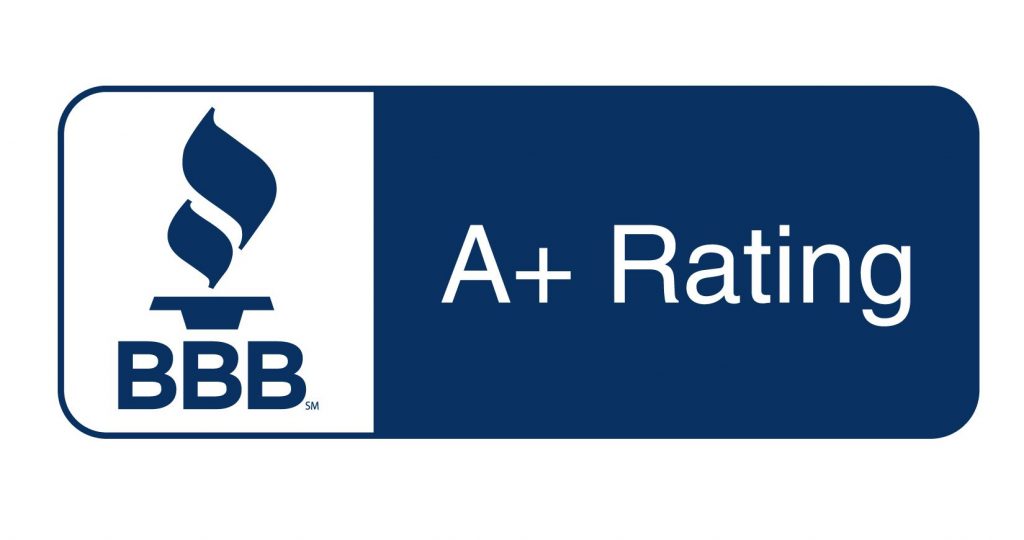Are you on your way into the Medicare program? If so, you might be wondering if you need a Medigap plan. Is it worth the extra cost?
This is a common question we hear from our clients. They’re often curious whether having a Medigap plan is better than Original Medicare or even better than a Medicare Advantage plan. There is no one-size-fits-all answer to these questions, but today we’ll help you decide if you need a Medigap plan.
Original Medicare Alone Is Risky
We almost always recommend our clients enroll in something to supplement their coverage under Original Medicare (Parts A and B). Not having supplemental coverage is a risky move that could leave you in an impossible financial situation.
Why is it risky? Parts A and B do offer great coverage. Once you’re enrolled in both parts of Medicare, you’ll have coverage for inpatient hospital stays and outpatient medical services. Generally speaking, Medicare picks up about 80% of the bill for outpatient services. That doesn’t sound so bad, right?
The problem is that there is no cap on your 20% responsibility. Unlike traditional group health insurance plans, Medicare does not offer a maximum out-of-pocket. As you can imagine, even just a 20% cost-share on things like surgeries, medical equipment, and chemotherapy can be quite expensive. Without supplemental coverage, you’ll be responsible for those costs.
How Medigap Plans Bridge the Medicare Gap
Medigap plans are a great option for beneficiaries who want predictable coverage and low out-of-pocket costs. You’ll have about ten Medigap plans to choose from, but the most popular options are Plans F, G, and N.
Regardless of which Medigap plan you choose, they all work the same way. Medigap plans, also known as Medicare Supplement plans, are secondary insurance policies that follow Parts A and B. Once Original Medicare pays on a claim, it’s sent to your Medigap plan for additional payment. The amount the plan picks up depends on which of the plans you have.
For example, if you enroll in Medigap Plan G, your only financial responsibility will be the Part B deductible. All other approved medical services will be paid by Original Medicare and your Plan G.
Another great thing about Medigap plans is that there are no provider networks. As long as your doctor accepts Medicare, they’ll also accept your Medicare Supplement, regardless of which specific plan you have. This leaves you with lots of freedom when it comes to choosing your providers.

The Medicare Supplement with the Most Coverage
Medigap Plan F is the most comprehensive option, as it covers 100% of all out-of-pocket expenses. To give you a better idea of its coverage, here is a breakdown of what Plan F covers.
- Deductibles for Parts A and B
- Coinsurance for hospital stays under Medicare Part A
- Coinsurance for care in skilled nursing facilities (SNF)
- Coinsurance and copayments for hospice care
- Medicare Part B coinsurance
- Coinsurance for preventive services under Part B
- Excess charges under Part B
- The first three pints of blood in an approved procedure
- Emergency medical expenses during foreign travel
The downside of Plan F is that you must have turned 65 prior to 2020 in order to enroll. If you do not meet that eligibility requirement, Plan G is your next best option. And, in many cases, it’s even more cost-effective than Plan F due to its lower premiums.
Eligibility for Medigap Plans
We become eligible for Medicare when we turn 65. Younger individuals can also be eligible if they are diagnosed with certain health conditions. As soon as you are eligible for Medicare, you are also eligible to purchase a Medigap plan. You’ll have a one-time open enrollment period, which allows you to enroll in the Medigap plan of your choice – no questions asked. This open enrollment begins on your Part B effective date and ends six months later.
It’s important to take advantage of this enrollment period. Once it passes, you can still apply for a Medigap plan, but you’ll have to be healthy enough to pass medical underwriting in most cases. At that point, insurance carriers can deny coverage or increase your premiums due to your current and past health history.
Medigap Premiums
Medicare Supplement premiums are determined by each insurance carrier. It’s important to compare the premiums of different plans to ensure you get a competitive rate. However, don’t overlook their pattern of rate increases for each plan. It’s advantageous to choose an insurer that not only offers competitive rates now but also shows a history of minimal rate increases over time.
Given the comprehensive coverage offered by Medicare Supplements, it’s understandable that they come with a higher cost compared to other types of Medicare coverage. This may lead you to wonder about affordability. If a Medigap plan stretches your budget too thin, don’t worry. Medicare Advantage (Part C) plans are an alternative worth exploring. These plans also play a significant role in bridging Medicare’s coverage gaps.
Get Help with Your Medigap Options
Do you need a Medigap plan? The choice is yours. There are other options to fill in the Medicare gaps, but Medigap plans are a great choice for many beneficiaries. Before you make your decision, be sure to speak with one of the advisors at Carolina Senior Benefits. We’re here to offer you tailored advice on your Medicare needs.





